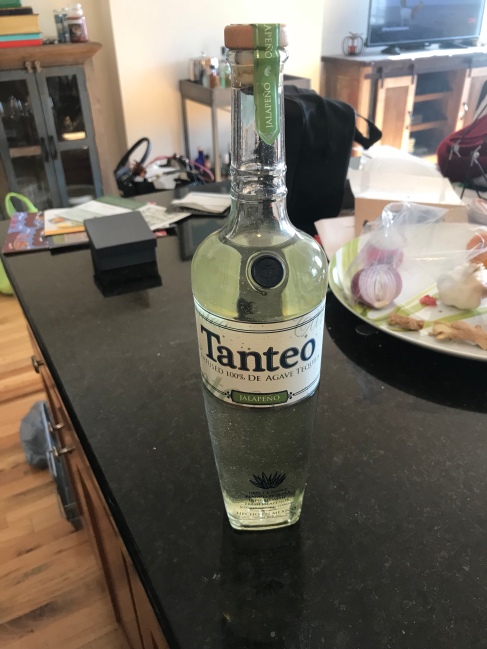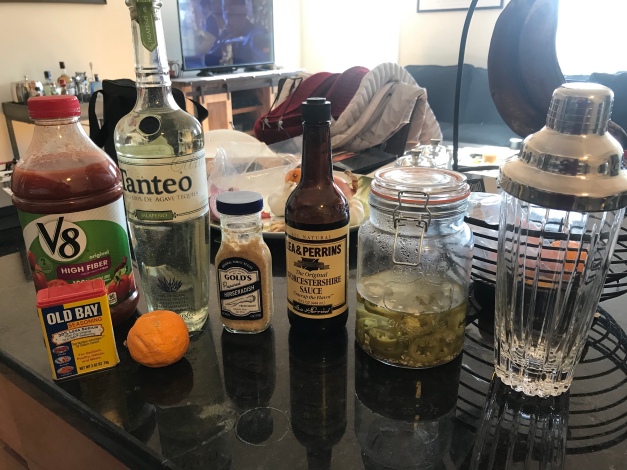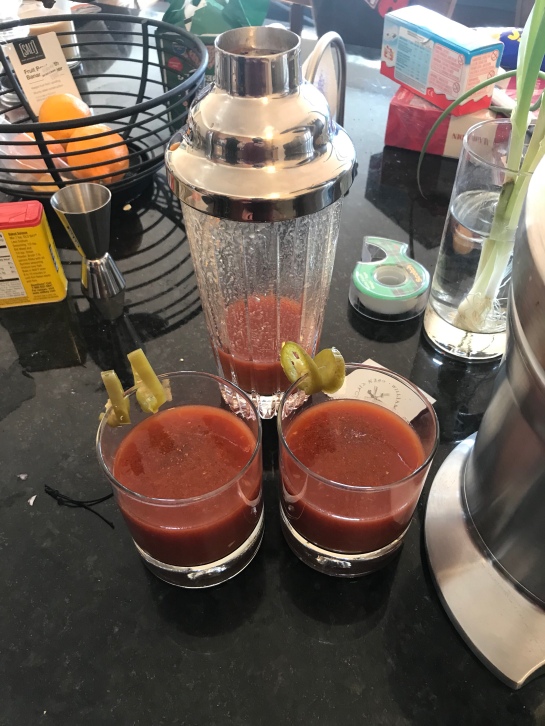I first read Murder on the Orient Express in college, when I went through a phase where I read a loooot of Agatha Christie mysteries. I started with And Then There Were None (as it came highly recommended by one of my best friends’ mom, who was one of two sets of extra parents I was fortunate enough to have growing up), and then moved on to Murder on the Orient Express.
I revisited it in preparation for the movie that, at the time, was coming out in November. Spoiler alert: I never saw the film.
The book is considered one of Christie’s two best (along with And Then There Were None) and upon revisiting, it’s definitely one of my favorites.
As I’m sure I’ve mentioned before, I like limited settings. They require a lot of interesting dialogue and a clever plot. Murder on the Orient Express takes place on a train! A train that is caught in a snowstorm!
For those who don’t know, the Orient Express was a long distance passenger train that originally ran from Paris to Istanbul. The line made a lot of changes through the years and eventually was shut in 2009, the last version of the line running from Strasbourg to Vienna.
Our favorite Belgian detective, Hercule Poirot, who ends up on the train when his plans are changed, is called in to solve the murder of Samuel Ratchett, by his friend Bouc who operates the train line and who is on board. Ratchett, who believe his life was being threatened and tried to hire Poirot and was refused, is murdered on the second night of the trip when the train is caught in the snow near Vinkovci.
The story moves on from there. The story involves a kidnapping and a ransom and another murder. It was very reminiscent of the Lindbergh kidnapping in 1932 and may have inspired this part of the book.
I was glad I revisited this story. It really isn’t very long and was quite a nice break from the near constant stream of non-fiction books I usually involve myself in.
Christie’s murder mysteries aren’t usually solvable by the reader because of some piece of unknown information that the reader isn’t privy to until the big reveal towards the end. In this case it was details of the other murder relevant to the story. That said, you could guess at the ending better in this story than with many of Christie’s other stories.
Not being able to solve the mysteries doesn’t usually bother me. I never enjoy something I solve half way through…sometimes less than halfway through. Like the movie Fracture with Anthony Hopkins and Ryan Gosling. Solved it half way through. Knew how it would work out. Was psyched with my own cleverness but sad that I couldn’t enjoy the rest of the film.
While the mystery here isn’t solvable, exactly, the solution is particularly interesting. It’s cleverly done, and very satisfying.
One thing that always sticks out in Christie’s mysteries, though, is how dated they are. Not, necessarily, in a bad way. I’m obsessed with train travel, so the idea of a rail line that goes from Paris to Istanbul is fascinating to me. What is a little off-putting, but not book destroying, is how constantly stereotypes are adhered to in Christie’s writing. Poirot is Belgian, and constantly referred to as “foreign.” It’s done all over her works with regard to nationalities, ethnicities, and gender. It isn’t inherently negative, but to someone who isn’t used to these references, it’s a little bizarre. It’s done here.
As I said, it doesn’t ruin the story. It’s just a little off putting if you aren’t used to it. And the books are nearly 100 years old. It was a very different time.
I really loved revisiting Murder on the Orient Express. It isn’t a long read, so if you haven’t read it and are looking for a clever story, it’s a lot of fun.



